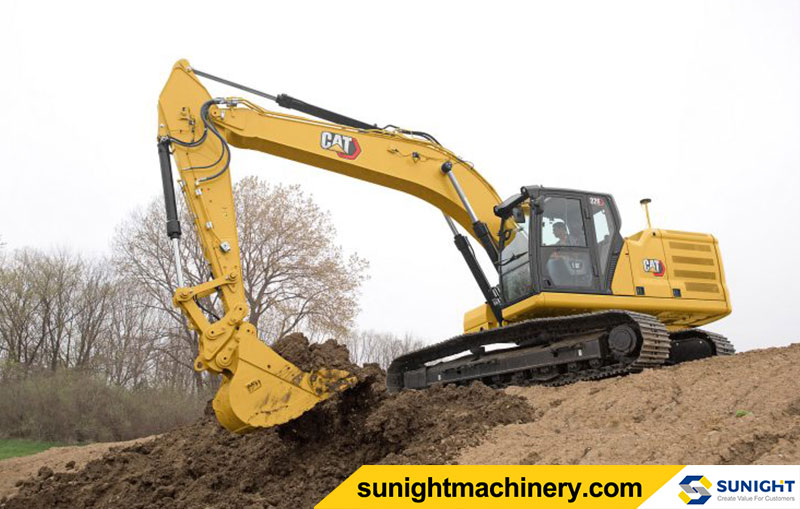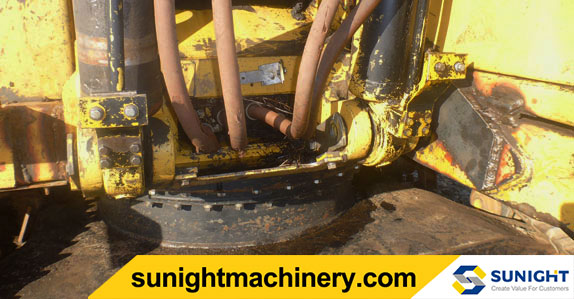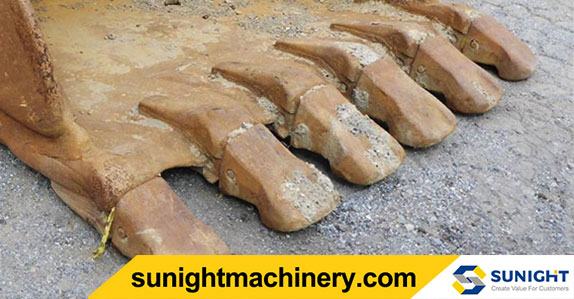Excavators are one of the most efficient machines used in trenching, excavation and loading. To enjoy these benefits, however, you need to buy a well-maintained used excavator that guarantees efficiency and durability in the long run. But how do you tell which excavator will suit your needs and reduce any wear and tear expenses? Here are some tips that will come in handy when buying that excavator and help you avoid repair and replacement costs.
Excavators are prone to cracks and dents due to the frequent movement during their course of operation. If you are looking for a used excavator, make it a point to inspect the machine’s connection points thoroughly. Check between the stick and bucket, the undercarriage, and where the boom lies. A crack in a track excavator for sale could mean additional replacement costs.
The second thing to be on the lookout for when inspecting used crawler excavators for sale is signs of leakages. Examine the excavator’s cylinders and hoses as well as the hydraulic compartment. For extra safety, check the swing bearing to identify if there are any leaks. If you notice any holes in these areas, request for repairs before you make a purchase.
A slew ring is one of the crucial components of an excavator that determines movement while digging and dredging. Confirm that the used crawler excavators for sale have all pins and connections securely tightened. Connections points at the boom, bucket, and stick should also work well and not have any loose links.
If you are looking for a durable track excavator for sale, an hour meter is one way to determine the longevity of the machine. The hour meter should be in operation and indicate the excavator’s total operating hours. If you notice any inaccuracy or broken meter, alert your equipment company and request for the proper hours.
An excavator bucket is another essential component of an excavator. Take a look at the used crawler excavators for sale and check for signs of half-moon shapes on the bucket teeth. If there are any signs of damage, the excavator will have a low cutting force. A scalloped bucket also results in poor performance and could damage your used excavator.
Before you head out to inspect the machine you want, check for these five things to help determine the value of an item you’re interested in buying and avoid unexpected repairs or replacement costs.
A damaged slew ring can be one of the most costly items to repair or replace in a used hydraulic excavator, so make sure to rotate the hydraulic excavator housing to a quarter turn and check for any play or movement in the slew ring. The slew ring bearing has a play limit, so it’s good to measure it and check against specs.
Look for play or movement at the connection points of the boom, stick and bucket as well. Ideally all pins and bushings should be tight. Any loose connections, particularly at the connection points between the excavator stick and bucket, could mean a loss in excavation accuracy and a need for repairs.
Cracks are never a good sign, especially when they exist in key connection point welds, such as between the boom and stick or stick and bucket. The existence of cracks or significant bends could mean the excavator’s overall structural integrity has been negatively affected and the boom or stick will need to be replaced. The existence of large dents on the hydraulic excavator’s undercarriage or to the top of the excavator’s stick could mean the machine was used without proper care by its operator.
Open the hydraulic pump compartment and look for signs of leaks. Check all hoses, lines and cylinders. Also check for leaks in the slew ring or swing bearing and swivel joint, which could forewarn of excessive play or movement. Any leaks will need to be repaired to ensure the safe and continued operation of the hydraulic excavator.
If the hours meter is not operating or the reading is in question, check the control pedals for wear. Excessive wear could indicate the hydraulic excavator has more operating hours logged than noted.
Check between the excavator bucket teeth for signs of scalloping, half-mooned shapes. Scalloping does not necessarily indicate that a bucket needs to be replaced, but it does indicate a reduced cutting force.